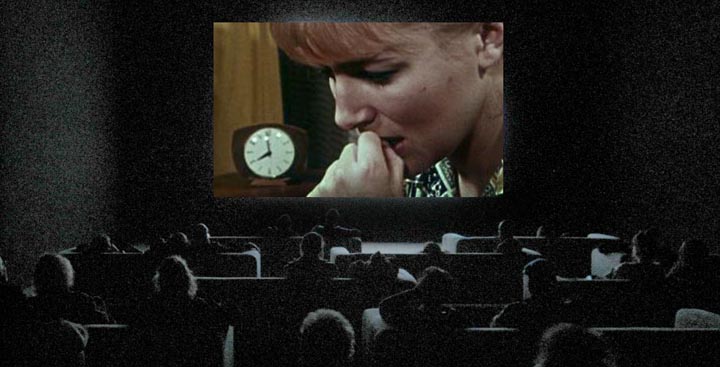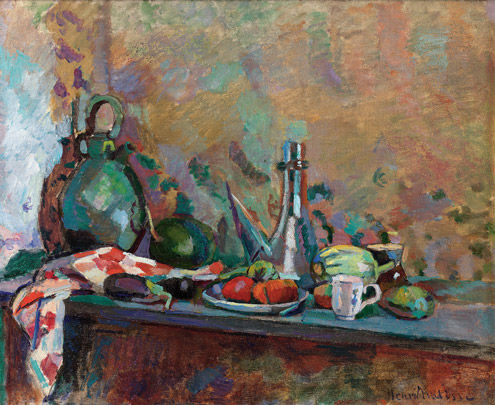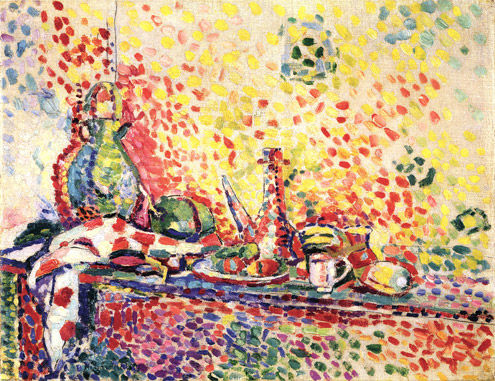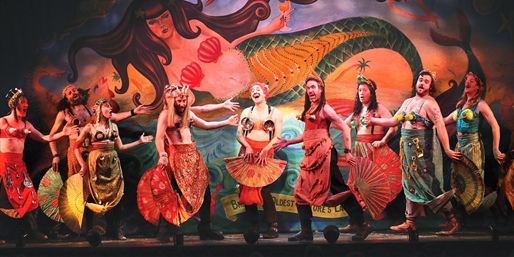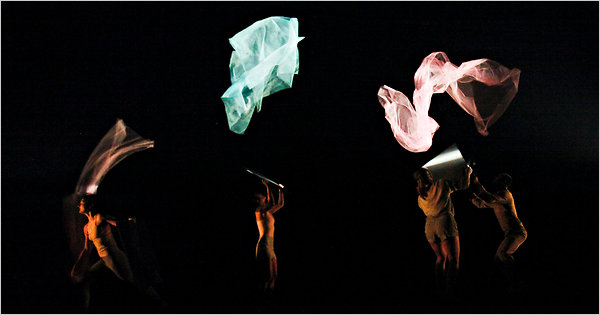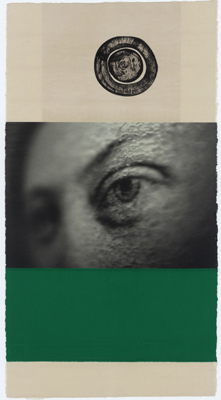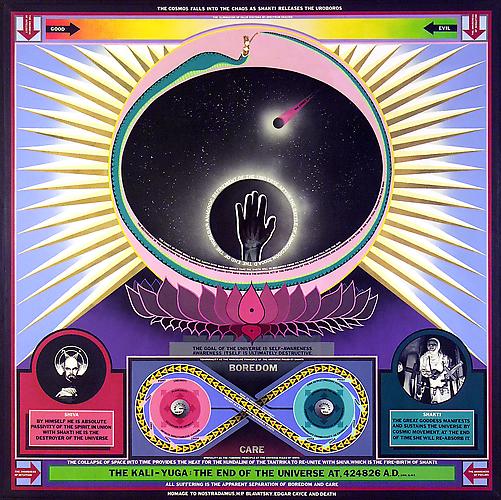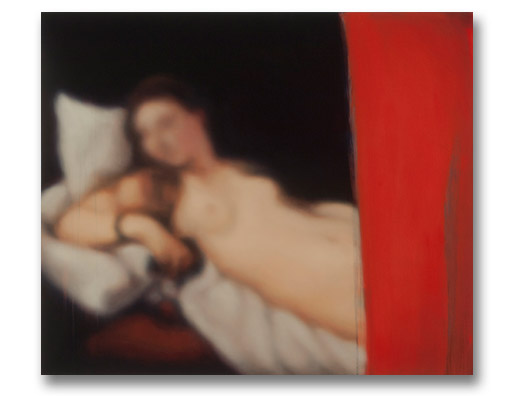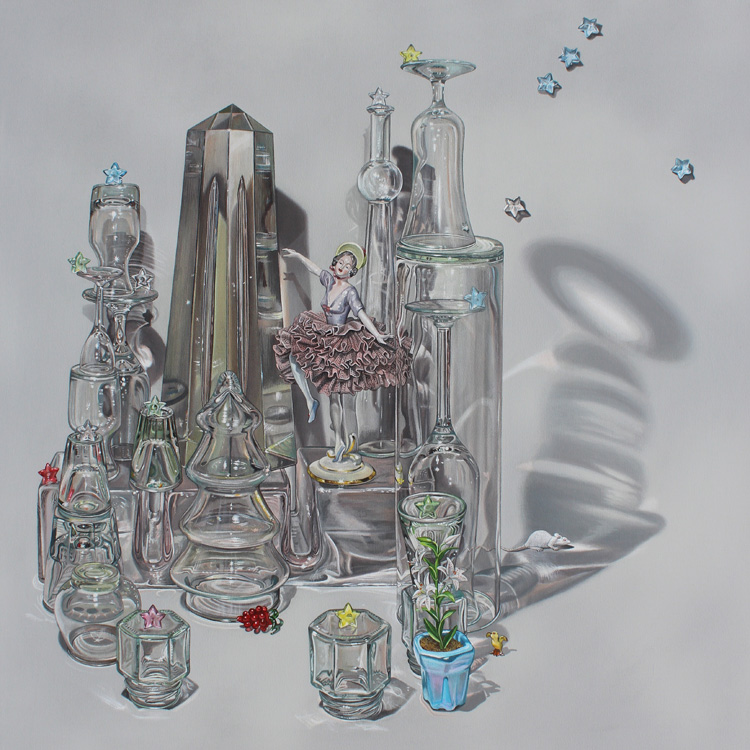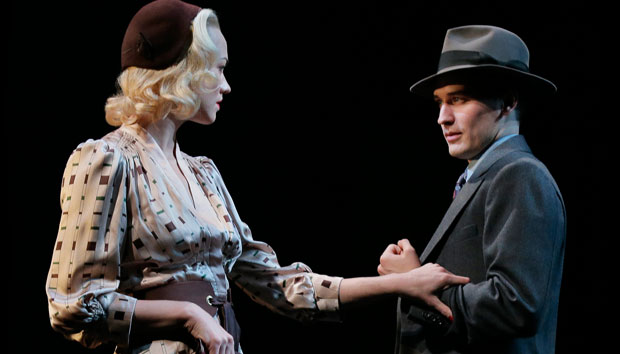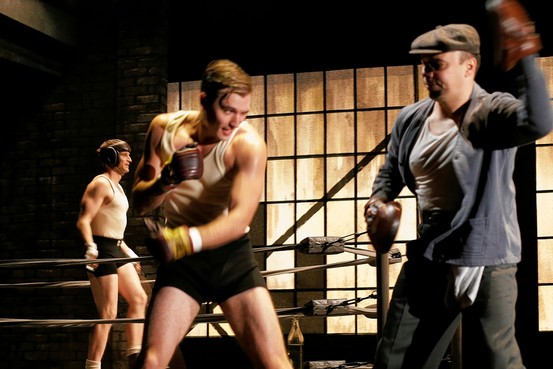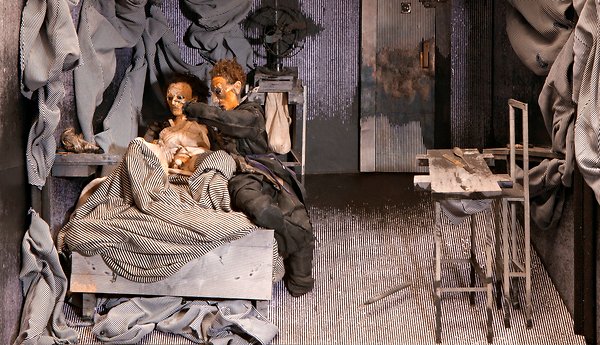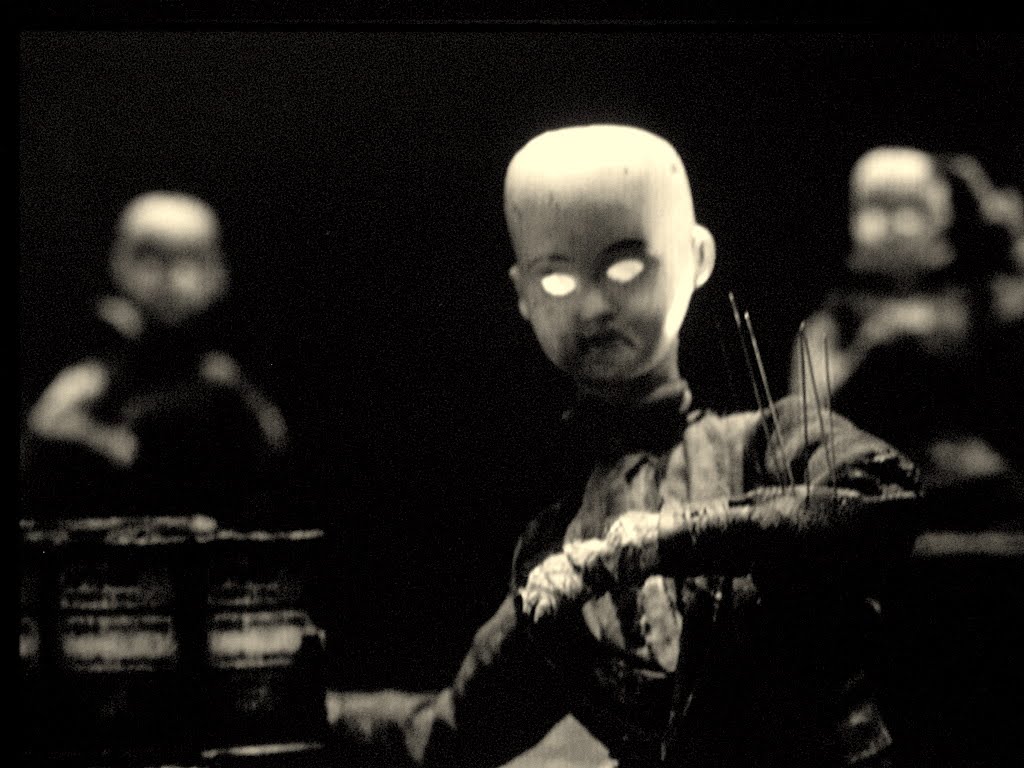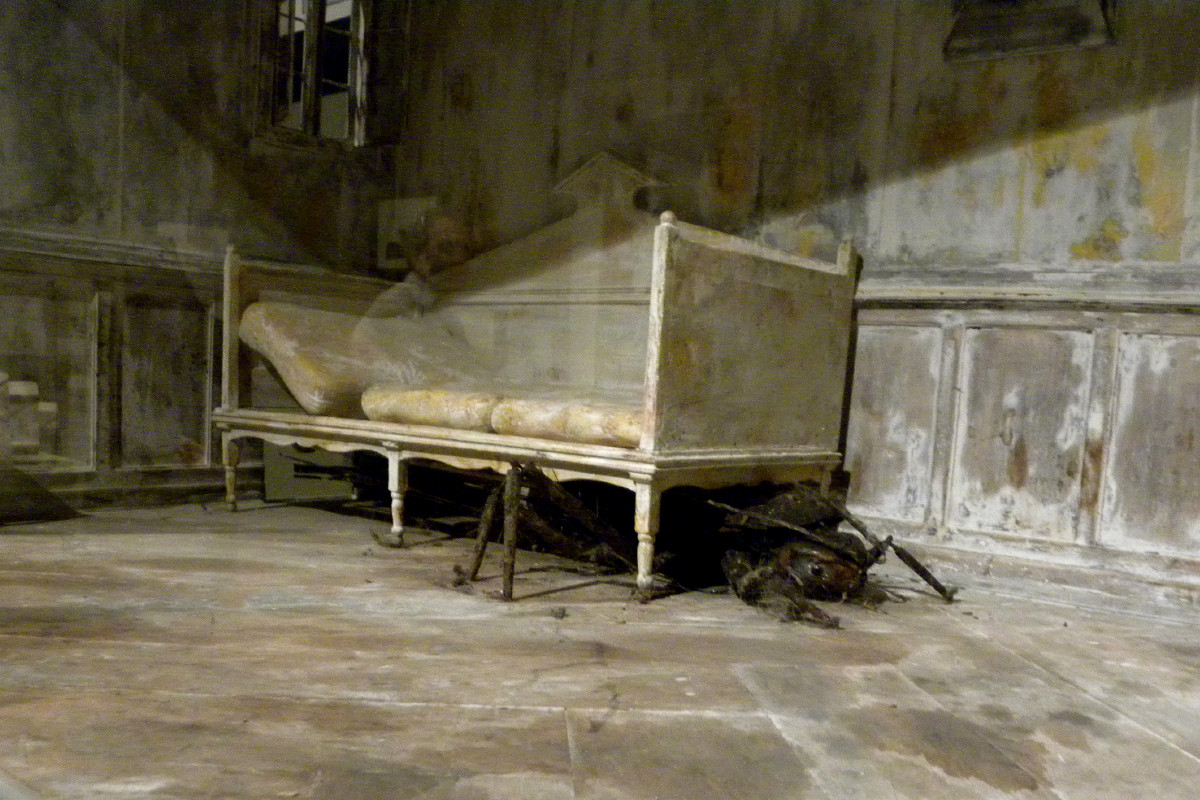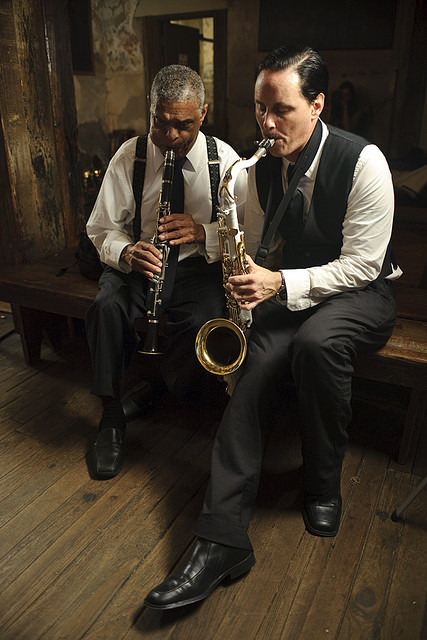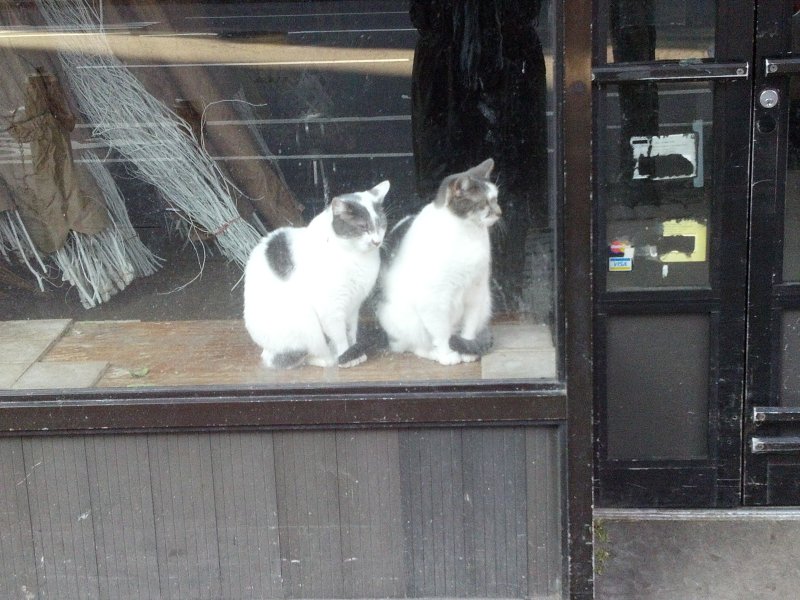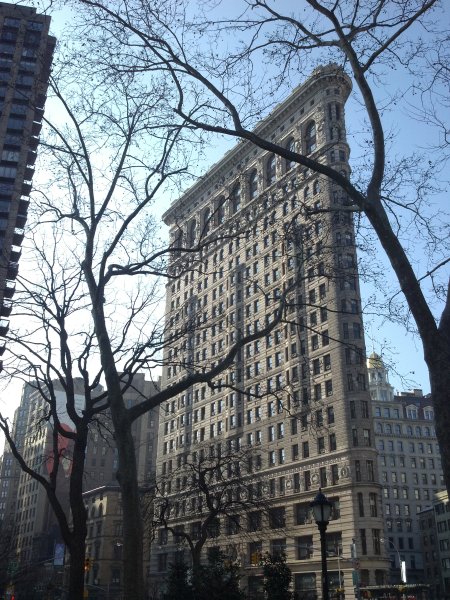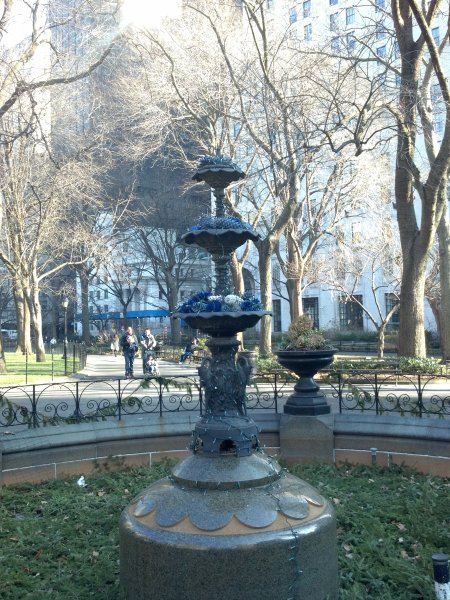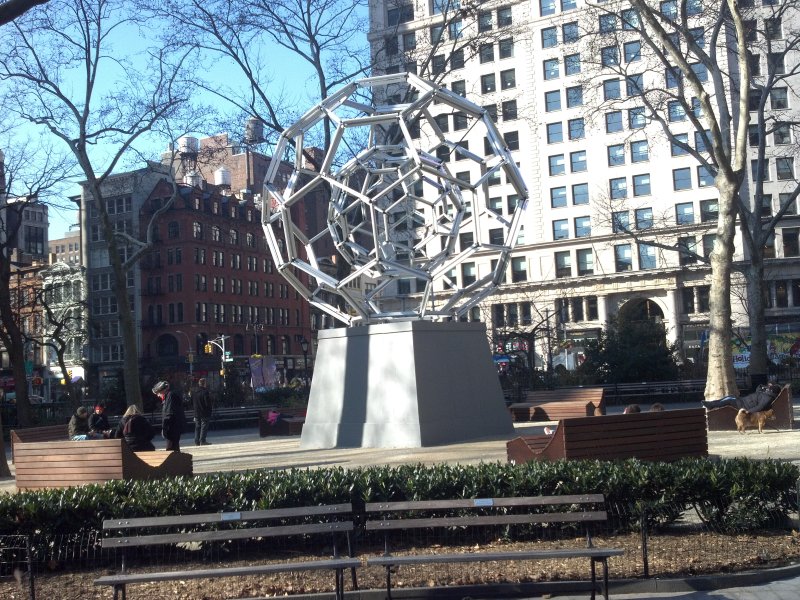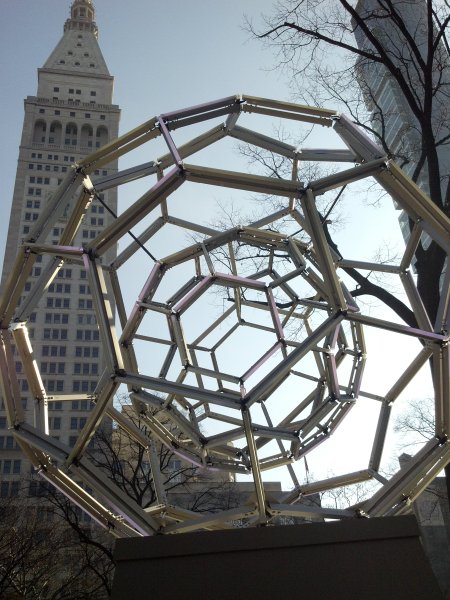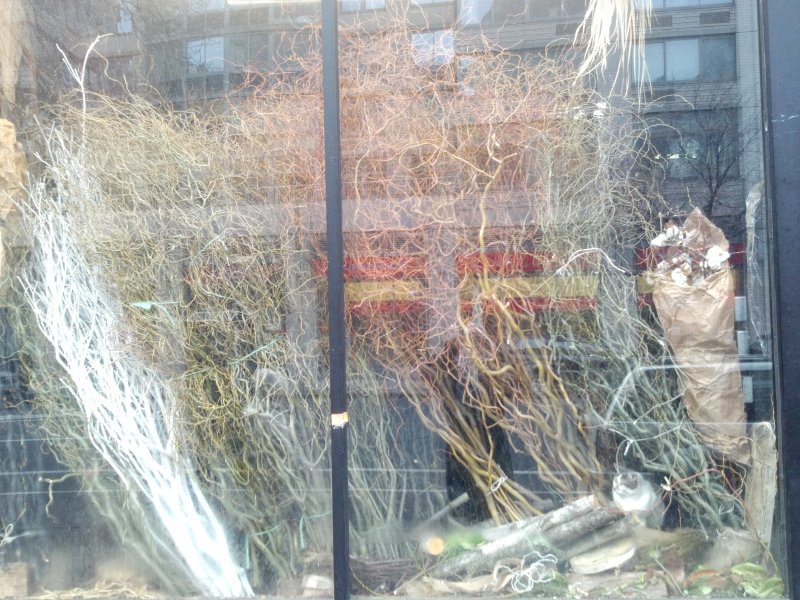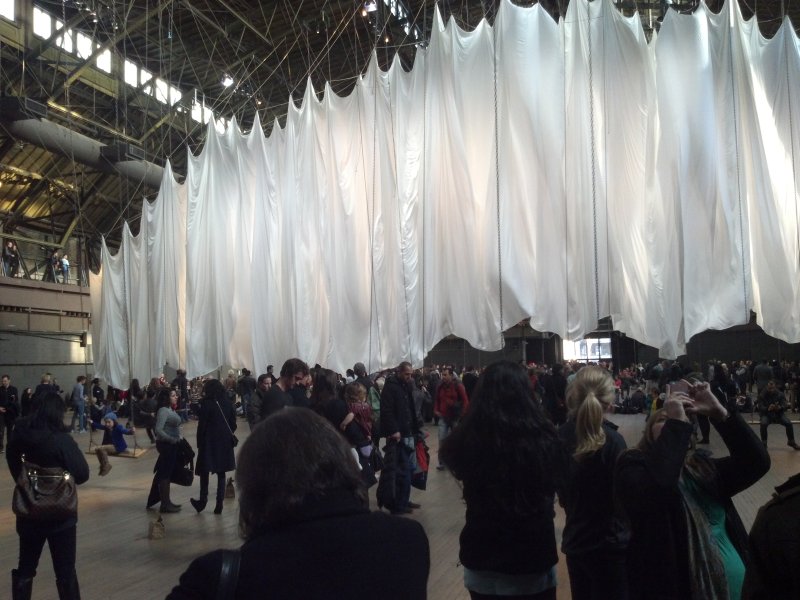
We’re presently staying in a short-term sublet in Chelsea, which is bedecked with no end of shear curtains and faux lace. It is quite the thing, not really stunning (as I’m sure it was meant to be) but rather too, too. Not much in the way of privacy, either, when one has shears in place of walls. Cest le vie!
This afternoon X joined the visit, and off we went to Ann Hamilton’s The Event Of A Thread at Park Avenue Armory (nee Armory of the Seventh Regiment). Opening on December 5th of last year, today brought the last day of this most public of public artworks. Occupying the whole of the armory’s vast Drill Hall are a few dozen large plank swings, suspended from the ceiling high above by sturdy chains from which emanate ropes in a wild and dizzying web which spans the great expanse, but all seemingly meeting along a central axis of the room — midway between west and east — where a large fabrc sheet is hung, itself spanning the room from north to south. As people swing in the swings, this elaborate web of ropes, chains, pulleys, block and tackle are all set in motion, pulling and tugging, releasing and dropping, the top edge of this huge sheet. It billows in the breeze it creates, and bobs up and down.
Thankfully we have tickets, for there is a line of people surrounding the entire armory, which fills an area of 2 city blocks, between Park Ave. to the west, Lexington to the east, 66th to the south and 68th to the north. This is the longest queue I’ve ever seen here, for anything, but quite civil and almost even festive. It surely helps that it’s a bright sun-shiny day, and warmish for the date. Having tickets, however, we skirt the line and enter directly into the west end of the hall, at 65th & Park.
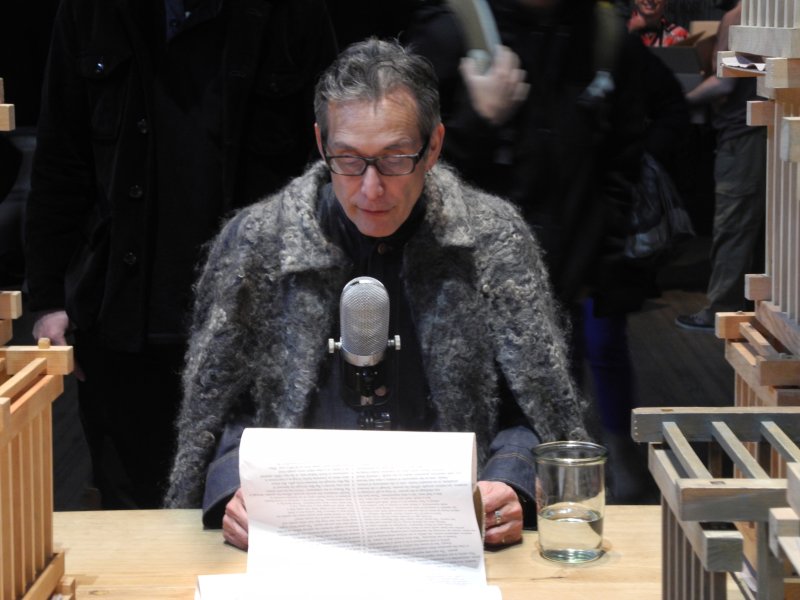
A Reader - The Event Of A Thread
When one first enters the drill hall, one finds a large library table upon which are a dozen or so wooden cages of pigeons (all look asleep), two long scrolls of text (with what looks like a stripe down the middle) and in front of each scroll sits a reader and an old fashioned microphone. The readers, wearing coarse wool jackets, slowly and in even voices read from their scrolls. We cannot really hear what they’re saying too clearly, but nearby a paper bag, bound in twine, sits on the floor and buzzes and squawks. Upon closer examination, we find it contains a speaker through which one or the other reader may be heard. There are many of these bags around the hall, and listeners snatch them up, walk with them a bit or simply sit with one on their shoulder, and then put them back down.
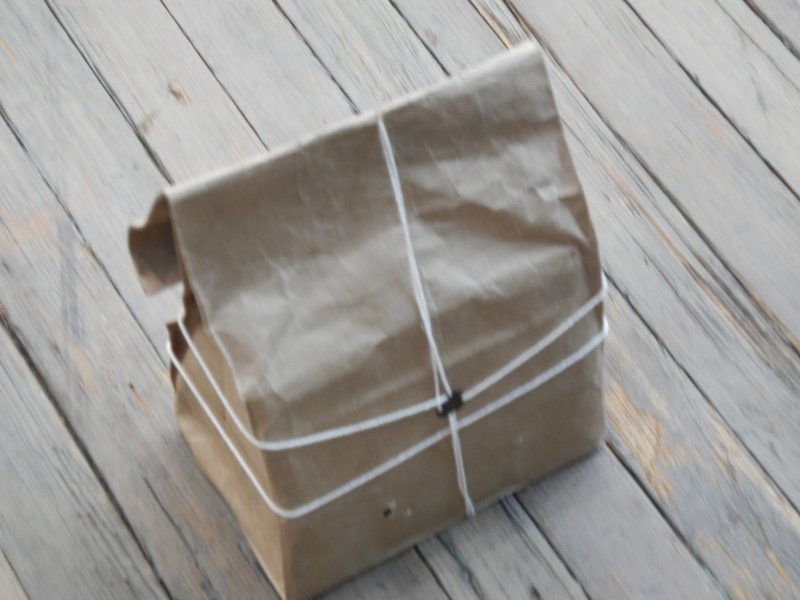
Paper Bag Radio - The Event Of A Thread
Swingers swing on the swings, while other swingers queue on line at each swing for their turn. Some swings have very long queues, while others — even near by — may have few people, if any, waiting turns. Watchers line the periphery of the hall, either along benches against the walls, or along catwalks one storey up. Dreamers lay on the floor beneath the great curtain, like a great spine of humanity bridging the hall from north to south. Some watch intently the fabric dipping and swooning above them, others with their eyes closed, listen to the paper bags and the readers beyond them. At the eastern end of the hall, another large library table is topped by a large parabolic mirror which tilts fore and back, and beneath it, surrounded by a collection of the paper bag radios is a writer. Wearing the same coarse woollen wrap as the readers, he is transcribing their words out, in longhand, into spiral bound notebooks.
Wanderers amble amongst the watchers, readers, writer, listeners, swingers and dreamers.
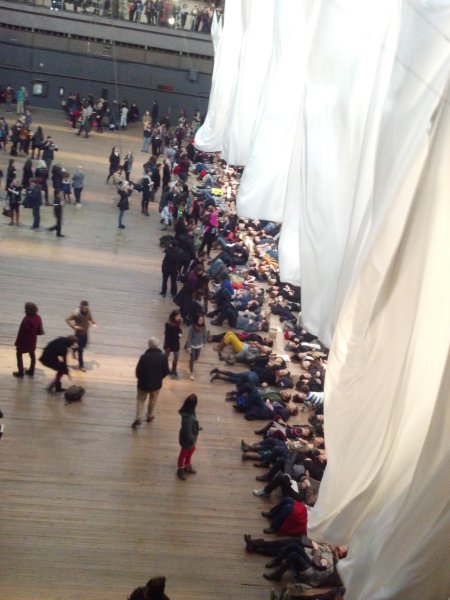
Dreamers beneath the drape - The Event Of A Thread
Above all of this is that incredible, inscrutable, intricate web of chains, ropes and wires which strings this all together. Many myths and stories tell of amazing machines of time or horology, intricate mechanisms which power the world or keep the universe in check and in operation. If such things exist, this is how they look and feel; of that I am sure.
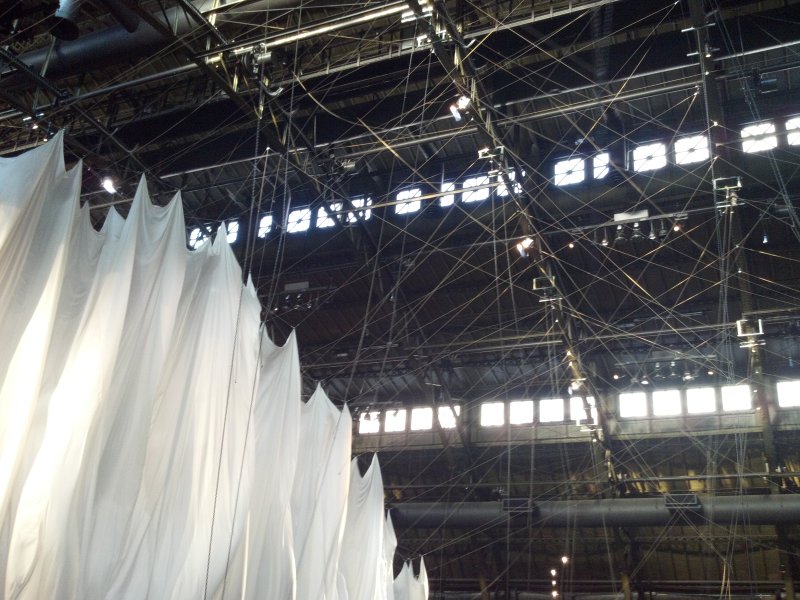
Heavenly Machinery - The Event Of A Thread
Is it art? Indisputably. But it is more than that. The Even of a Thread is an experience, a public, shared, magical experience of such beauty and power that it takes one’s breath away. Kids and adults, couples and friends, families and loners, all are engaged by this. A man gingerly rises from his wheelchair and mounts a swing, then his friend pushes him to and fro. A small girl in her fuchsia tutu scrambles up beside her father and sister to swing, the father pushing with his feet to get them moving — squirmy little girls and all — while a third sister, holding hands with the dancer — runs alongside.
A woman in her twenties with long braids down to her waist, bold garish makeup and a small entourage, moves about the room, seemingly trying to make her own bit of art by her mere presence here. Cameras are everywhere (no flash) trying to find some way to record this most unique experience. I do likewise with my meager camera phone. Some videos and stills are here.
If we were to end our visit now, seeing nothing else, this would be enough. Ann Hamilton has made something amazing here, and I thank her, and all involved, for it. I cannot even begin to imagine what has gone into the making of this. There is a 24 page newspaper which serves as a guide and talisman for the event, there is a small army of people wired and loosely uniformed, patrolling, there are sound and light technicians, pigeon wranglers, singers (each night ends with a song sung from the west balcony. Beneath the balcony an antique record lathe records the song, which is then played back the following morning) etc. I spent some time on the south catwalk standing near the southern end of the drape, next to me a swing cop, whose job it was to carefully monitor the floor looking for people engaging in unsafe swing behavior, and alert floor patrols.

